ABOUT THE PRODUCTION
Fourteen musicians from across the world come together around Mozart's Requiem. In reconstructing that Requiem, they merge their own musical influences with genres including jazz, opera and popular African music. Appointed musical director and composer, Fabrizio Cassol, continues to write a personal artistic history in which he brings together different musical cultures around a theme. Again and again, he looks for ways to write new stories with existing work, with oral and written traditions. For the Requiem, he brings together musicians with whom he previously worked (in Macbeth and Coup Fatal, among others) and with artists for whom this is their first collaboration. On a theatrical level, director Alain Platel and the group look for a visual and physical translation of the images and associations that a Requiem conjures up: from the requiem mass to the mass grave into which Mozart was himself dumped.
THE AUTHORS
FABRIZIO CASSOL (1964), for twenty five years, is the composer and saxophonist of the band Aka Moon. He has often worked with choreographers such as Alain Platel (les ballets C de la B - vsprs, pitié!, Coup Fatal), Anne Teresa De Keersmaeker (Rosas), the Samoan Lemi Ponifasio (Mao Company), and the Congolese Faustin Linye (studio Kaboka). In opera, he already worked with Philippe Boesman-Luc Bondy and in theatre with Tg Stan. His close collaboration with KVS, the Flemish Royal Theatre, when led by Jan Goossens, was followed by an artistic residence in the opera De Munt La Monnaie (Brussels) led by Bernard Foccroulle. Since 2012, he has been artist in residence at the Fondation de l'Abbaye Royaumont near Paris to continue studying world cultures. His particular interest in non-European music started after a trip to the Aka pygmies in Central Africa in 1992 and expanded to Asia (especially India) and Africa. He passes on his extensive knowledge of music from oral and written traditions, of chamber music or symphonic work in workshops, and master classes all over the world. Such as: at the Conservatoire National Supérieur in Paris, the Royal Academy in London, the Conservatory in Jerusalem, in Alger, Beijing, Berlin, Chennai, Tunis and Royaumont.
ALAIN PLATEL (1964), is trained as a remedial educationalist, and is an autodidact director. In 1984 he set up a small group with a number of friends and relatives to work collectively. Emma (1988) signaled his concentration on directing. He was responsible for Bonjour Madame (1993), La Tristeza Complice (1995) and Iets op Bach (1998), with which les ballets C de la B (as the group was now called) rocketed to the international top. In the meantime his collaboration with Arne Sierens had a similar effect on the Ghent youth theatre company Victoria, with the three plays Moeder en Kind (1995), Bernadetje (1996) and Allemaal Indiaan (1999). In collaboration with director Frank Van Laecke, he created Gardenia (June 2010), a production in which the closing of a transvestite cabaret affords us a glimpse into the private lives of a memorable group of old artists. In 2015 Alain Platel and Frank Van Laecke renewed their collaboration, this time joined by composer Steven Prengels, for En avant, Marche !, a performance about a society inspired by the tradition of fanfare orchestras and brass bands. C(H)ŒURS (2012), so far Platel’s biggest project, is created on demand of opera director Gerard Mortier. He got to work with the famous choral scenes from Verdi’s operas, later on he added pieces of music from Richard Wagner’s works. In C(H)ŒURS he examines - together with his dancers and the Teatro Real choir - how ‘dangerously beautiful’ a group can be.
FROM THE REVIEWS
Dorion Weickmann, Süddeutsche Zeitung
Teresa Guerreiro, CULTURE Whisper
Donald Hutera, The Times
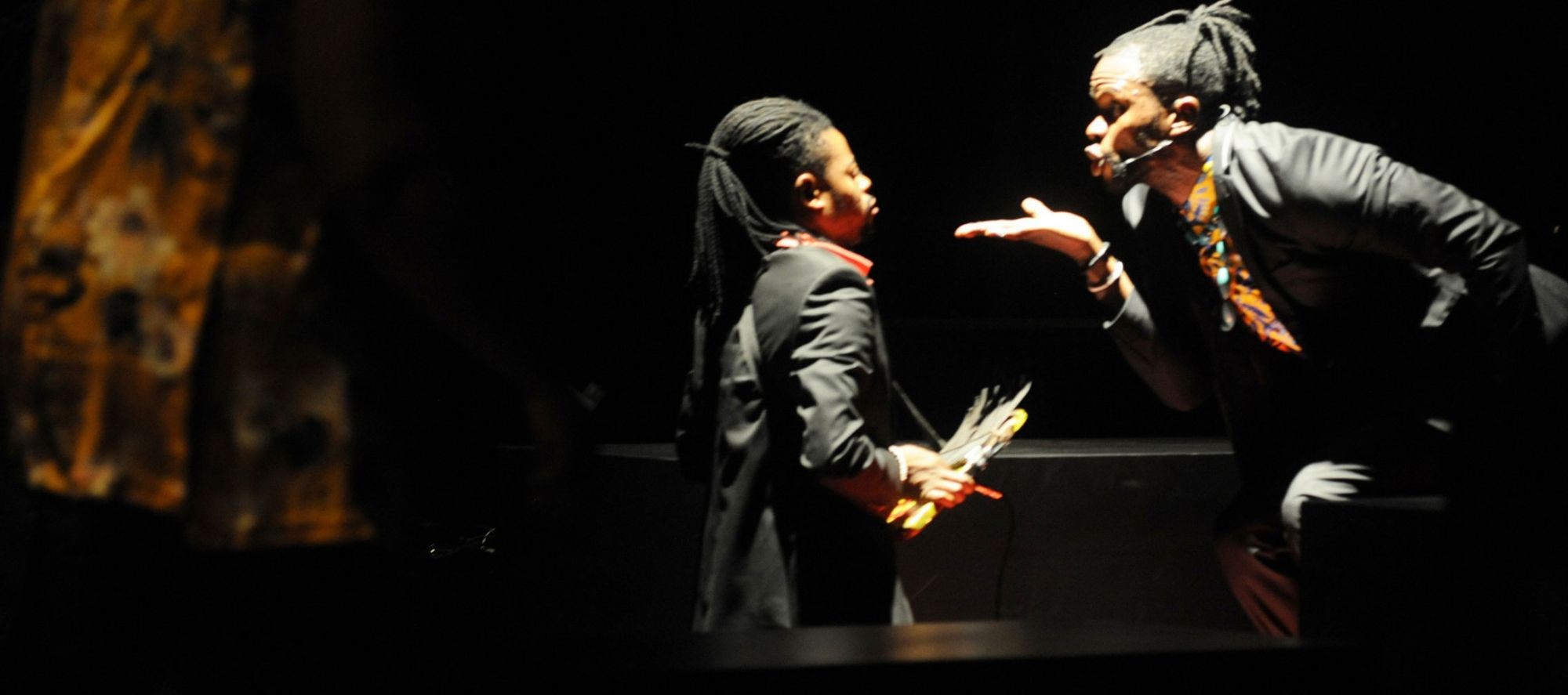

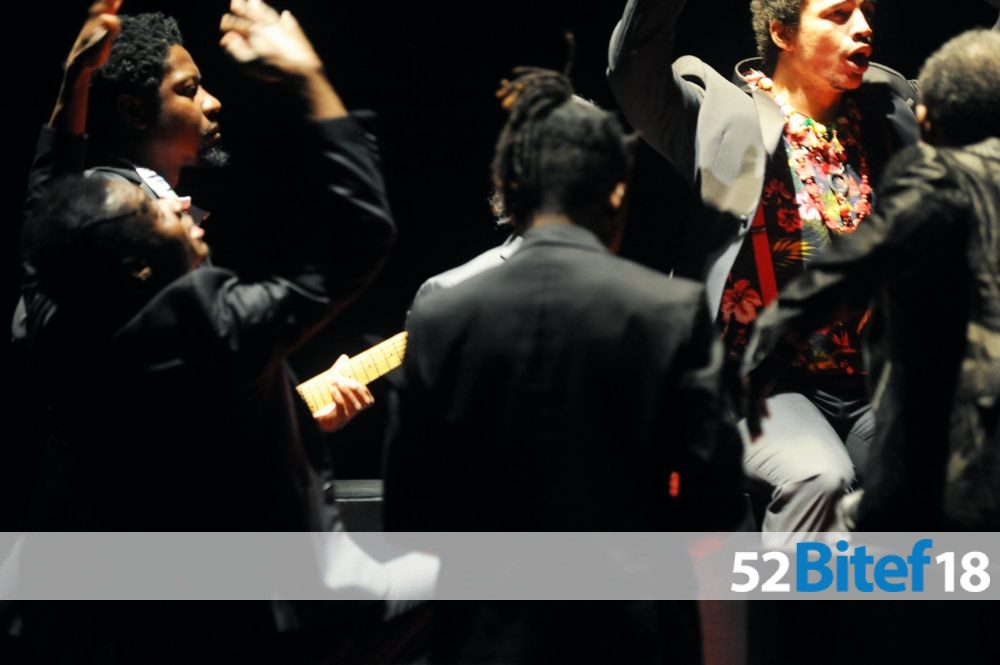
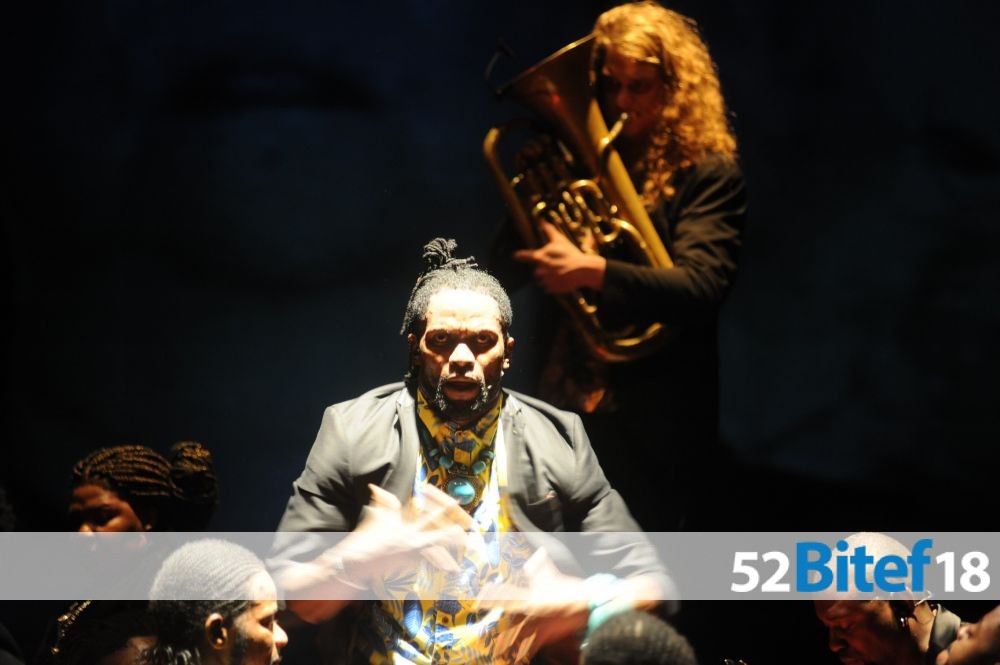
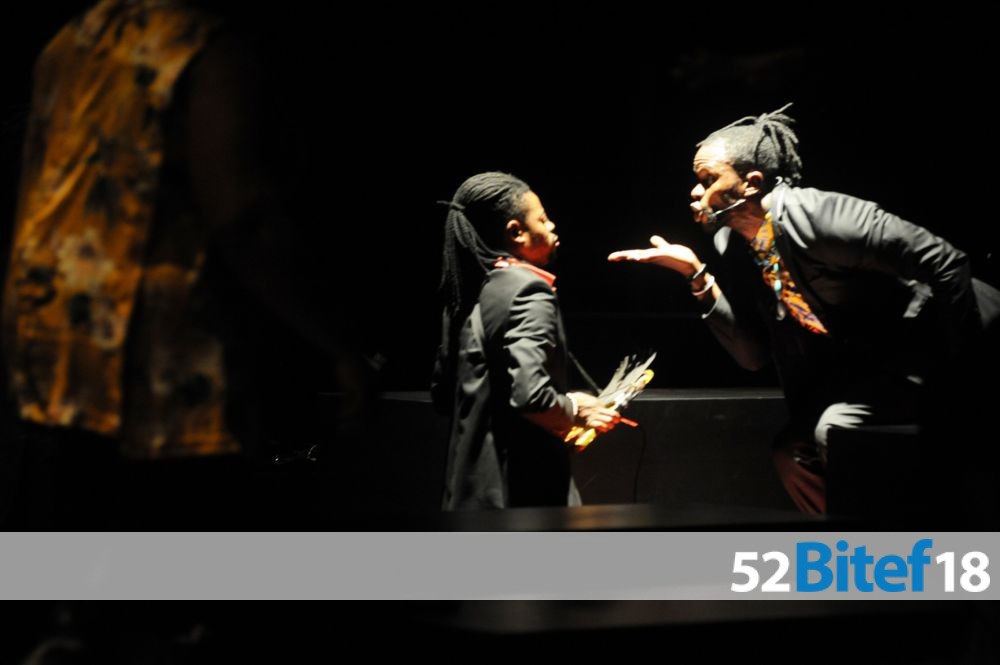
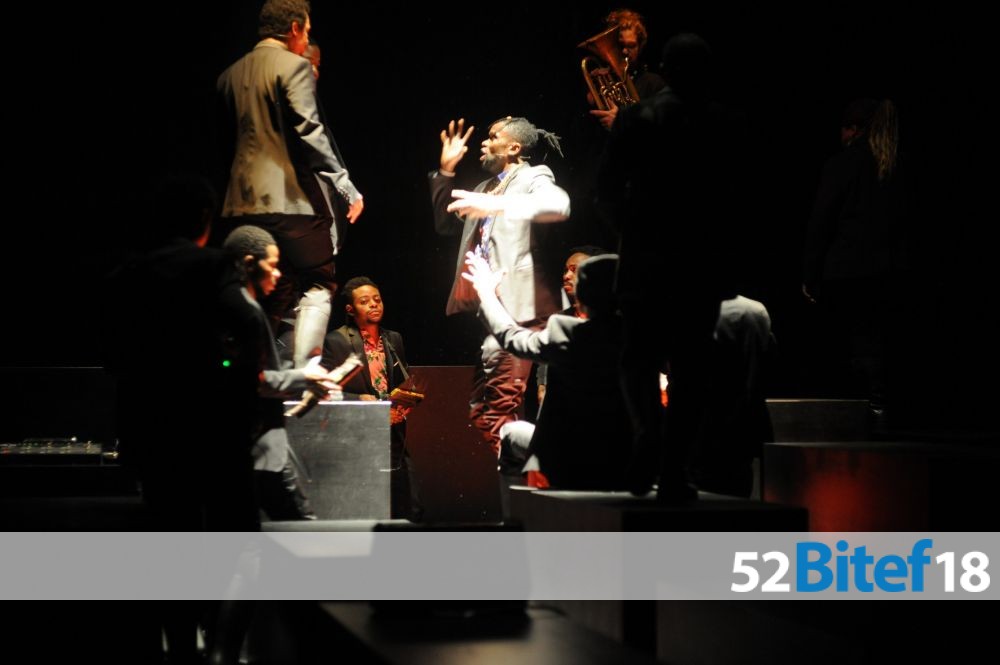
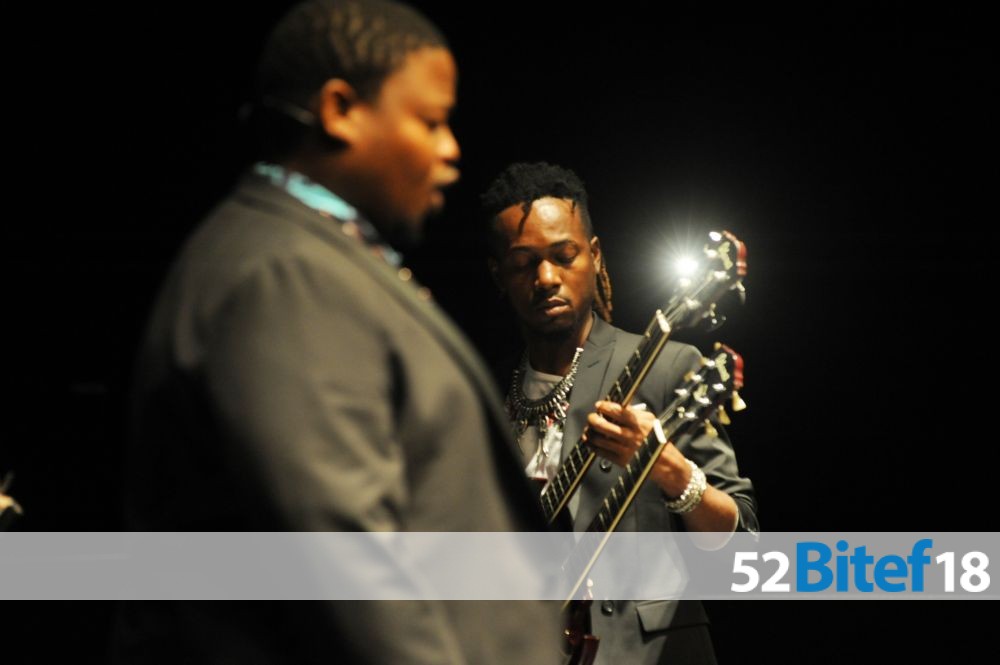

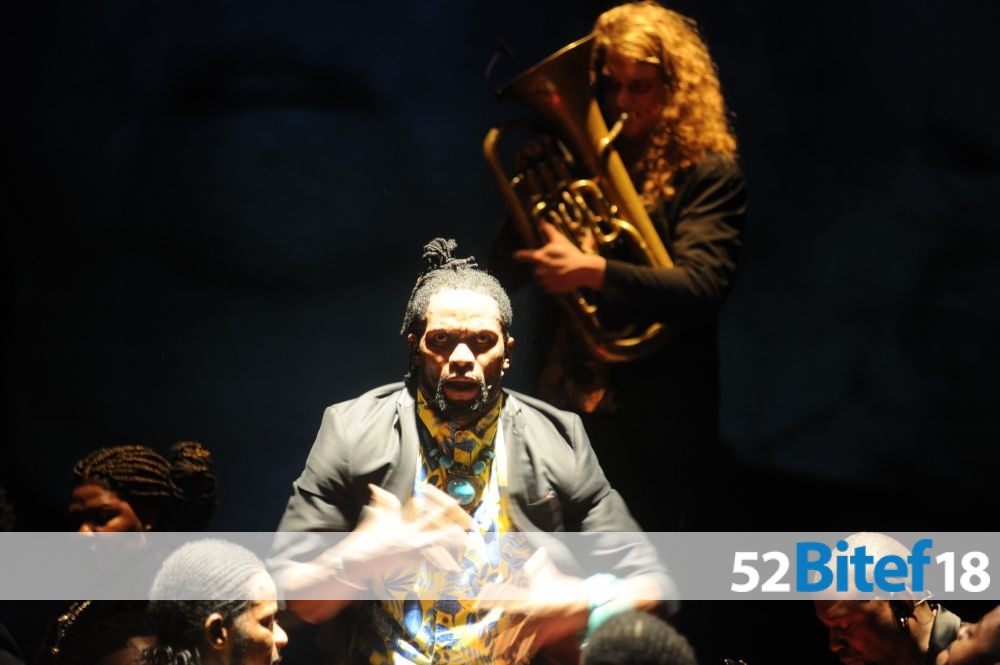

Оцените - total votes 0